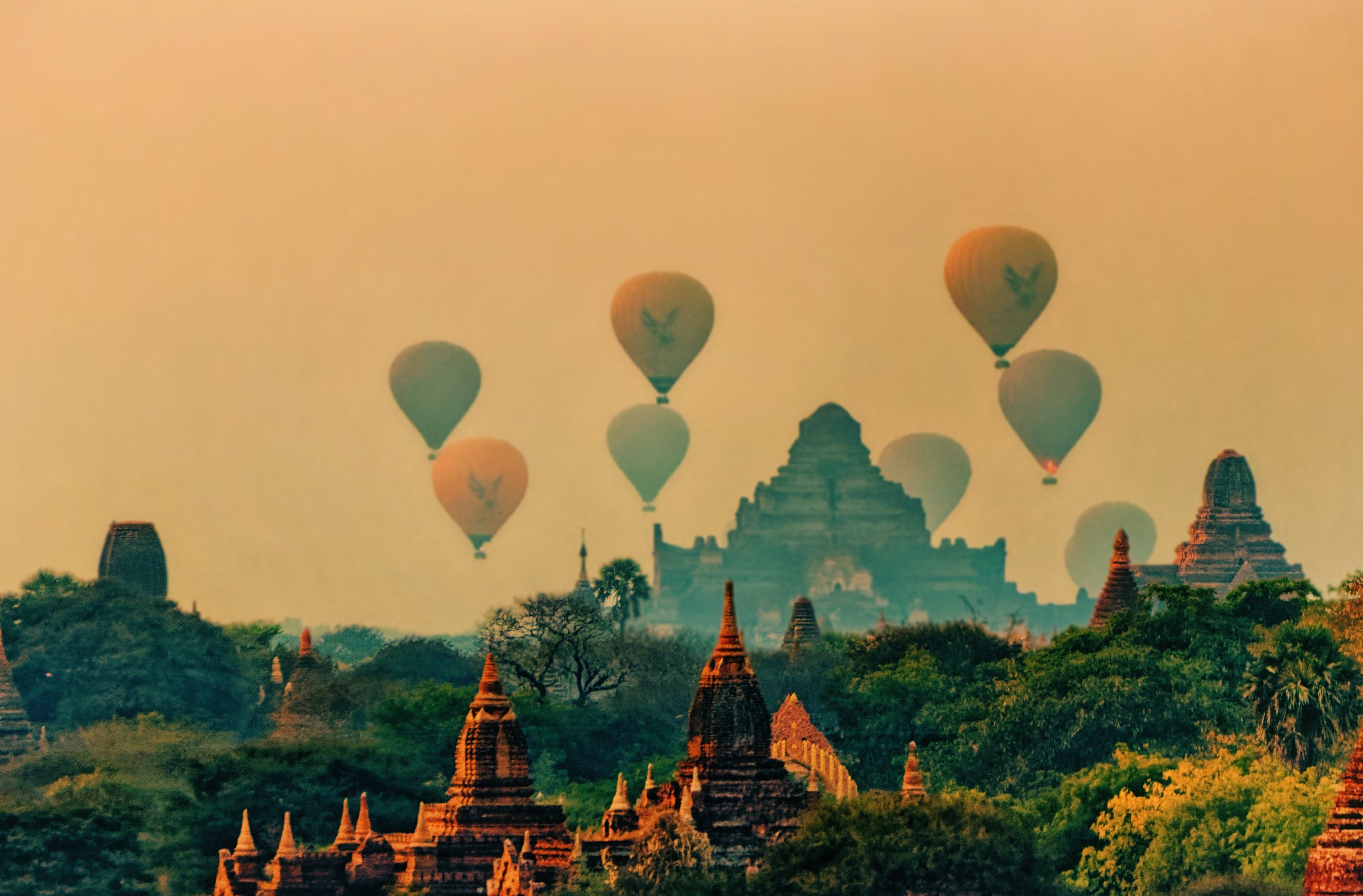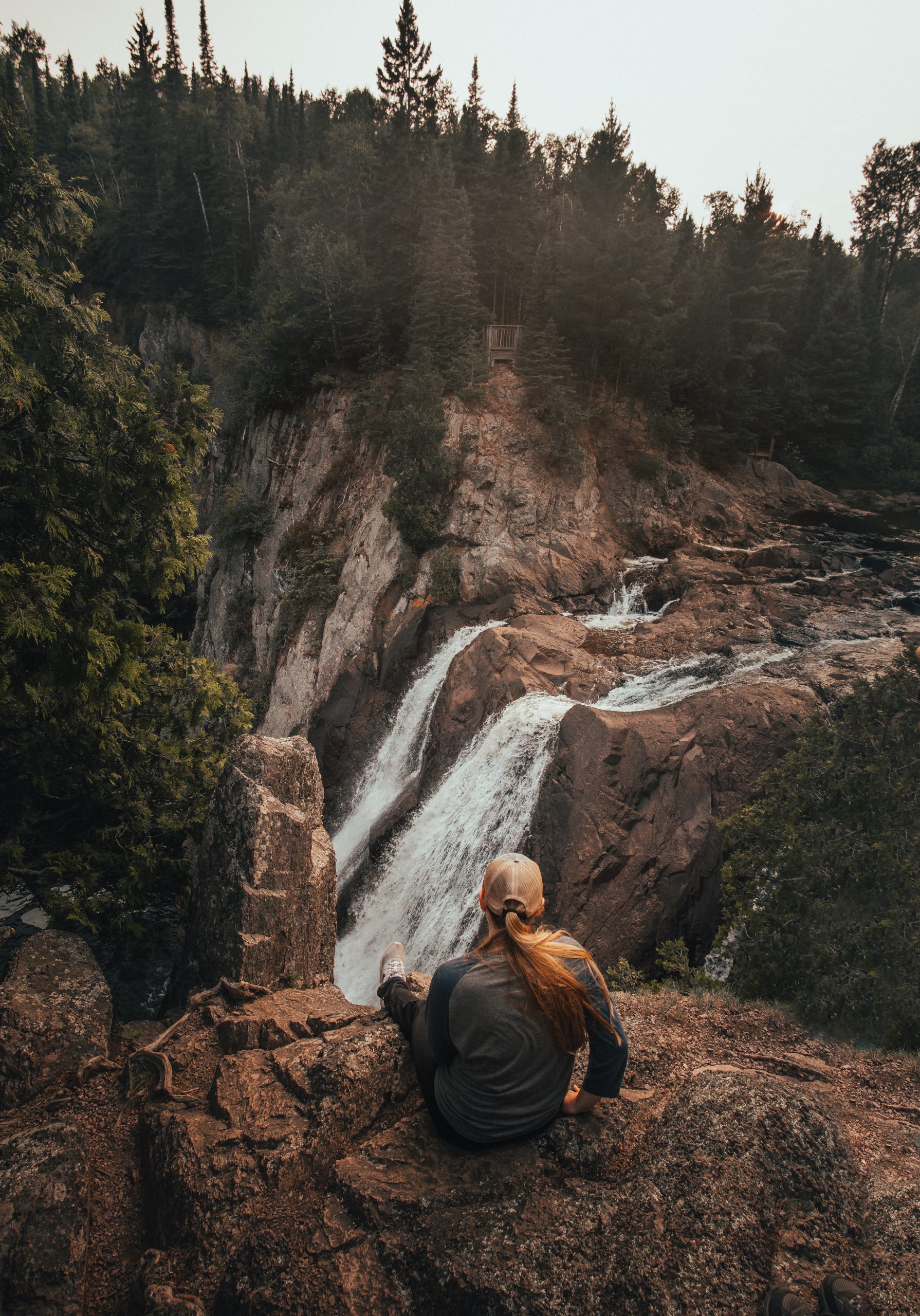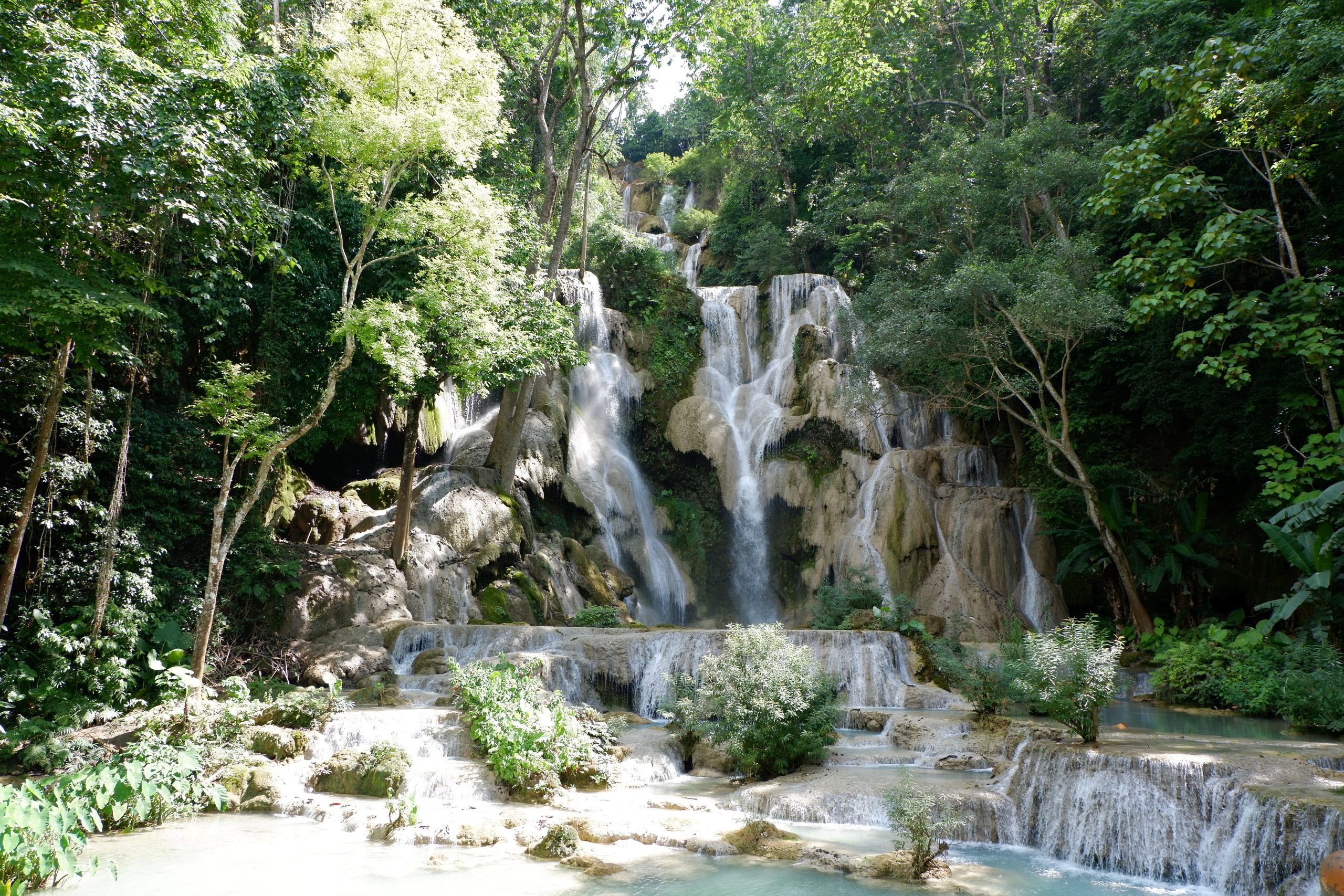Trekking and Eco-Tourism in Laos
Welcome to the land of untouched natural beauty and serene landscapes – Laos. Nestled in the heart of Southeast Asia, Laos is a hidden gem for trekkers and nature enthusiasts. This enchanting country boasts a rich tapestry of lush jungles, glistening waterfalls, and remote villages waiting to be explored. Join Green Sun Travel on a journey through the pristine beauty of Laos as we embark on a Trekking and eco-tourism in Laos adventure of a lifetime.
9-day Trekking and eco-tourism in Laos
Day 1: Arrival in Vientiane
Our Trekking and eco-tourism in Laos journey begins in the charming capital city of Vientiane. Explore the cultural and historical sites such as Pha That Luang, Patuxai Victory Monument, and Wat Si Saket. Take in the serene atmosphere as you prepare for the exciting days ahead.
Day 2: Vientiane to Vang Vieng

A scenic drive through the breathtaking countryside will take us to the adventure hub of Vang Vieng. This town is renowned for its limestone karsts, lush greenery, and the Nam Song River. Upon arrival, get ready for an afternoon of kayaking along the river or explore the stunning caves like Tham Jang and Tham Phu Kham.
Day 3: Vang Vieng – Trek to Ethnic Villages
Embark on a Trekking and eco-tourism in Laos adventure through the picturesque landscapes surrounding Vang Vieng. As you wander through rice paddies and dense forests, you’ll encounter the Hmong and Khmu ethnic communities. Experience their way of life, sample traditional cuisine, and gain insight into their rich cultural heritage. Overnight in a homestay for an authentic experience.
Day 4: Vang Vieng to Luang Prabang
A scenic drive brings you to the UNESCO World Heritage-listed town of Luang Prabang, renowned for its well-preserved architecture and cultural heritage. Explore the charming town, visit the Royal Palace Museum, and witness the daily Alms Giving Ceremony, a unique spiritual experience.
Day 5: Kuang Si Waterfalls and Hiking
Take a day trip to the stunning Kuang Si Waterfalls, a series of cascading turquoise pools surrounded by lush jungles. After refreshing yourself in the crystal-clear waters, embark on a scenic hike to the Bear Rescue Center and through the Pha Tad Ke Botanical Garden.
Day 6: Luang Prabang – Elephant Sanctuary
Immerse yourself in the world of conservation and animal welfare at the Mandalao Elephant Sanctuary. Spend the day learning about and interacting with these magnificent creatures in a responsible and ethical manner.
Day 7: Luang Prabang to Nong Khiaw
Travel north to Nong Khiaw, a peaceful riverside village surrounded by dramatic limestone peaks. Enjoy leisurely boat rides on the Nam Ou River and visit the rustic villages nearby.
Day 8: Nong Khiaw – Trekking and Eco-Adventure
Embark on a day of trekking and eco-adventure in the scenic countryside of Nong Khiaw. Explore hidden caves, remote villages, and soak in the natural beauty that makes Laos a paradise for eco-tourism enthusiasts.
Day 9: Return to Vientiane
Our Trekking and eco-tourism in Laos journey comes full circle as we return to Vientiane. Spend your final day shopping for souvenirs, trying local delicacies, or simply reflecting on the incredible experiences you’ve had during your time in Laos.
Tips for Trekking and eco-tourism in Laos
Respect Local Customs and Culture:
Laos is deeply rooted in Theravada Buddhism, and this religion plays a significant role in the daily lives of the Lao people. It’s essential to show respect by dressing modestly, particularly when visiting temples. Women should cover their shoulders and knees, and men should wear long pants. Be mindful of public displays of affection, as these are considered disrespectful in many parts of the country.
Pack Light and Right:
When planning your trekking adventures, choose lightweight and moisture-wicking clothing, as the climate in Laos can be hot and humid. Sturdy, comfortable hiking boots or shoes are crucial, along with a good sun hat, sunscreen, and insect repellent. Laos also has a diverse range of microclimates, so consider packing layers for varying weather conditions.
Stay Hydrated and Carry Snacks:
Trekking can be physically demanding, especially in the warm climate of Laos. Carry a sufficient supply of water and energy-rich snacks to keep your energy levels up. Dehydration can be a real concern, so always have a refillable water bottle handy.
Travel with a Local Guide:
Many trekking destinations in Laos, particularly in remote areas, are best explored with a local guide. These guides have extensive knowledge of the terrain, can ensure your safety, and serve as cultural liaisons, facilitating communication with local communities. Moreover, hiring local guides contributes to the livelihoods of these communities.
Responsible Trekking and Camping:

As a responsible eco-tourist, follow the Leave No Trace principles. This means minimizing your impact on the environment. Avoid open fires, use a camp stove for cooking, and pack out all trash, including biodegradable waste. Stay on marked trails to avoid damaging fragile ecosystems.
Responsible Wildlife Encounters:
Laos is home to diverse wildlife, including elephants, tigers, and various bird species. If you encounter wildlife, observe from a safe distance and do not disturb or feed them. Avoid activities that involve direct contact with animals, such as riding elephants, as these can have negative consequences for the animals’ welfare.
Support Local Communities:
Buying locally made handicrafts and souvenirs directly from artisans and local markets is an excellent way to support the economic development of the communities you visit. It ensures that your spending has a positive impact on local livelihoods and promotes sustainable tourism.
Responsible Waste Management:
Proper waste disposal is essential for eco-tourism. Carry reusable containers and minimize waste. Dispose of trash in designated areas, and make an extra effort to clean up after yourself, leaving natural areas as you found them.
Responsible Wildlife Sanctuaries:
If you visit a wildlife sanctuary, do your research to ensure it is a reputable one with a focus on conservation and the ethical treatment of animals. Avoid attractions that exploit animals for tourism, as this can contribute to animal suffering.
Respect Water Resources:
Water is a precious resource in many parts of Laos, and some areas may have limited access to clean water. Conserve water by taking shorter showers and being mindful of water use. Avoid using soap or shampoo in rivers or streams, as this can harm local aquatic life.
Respect for Sacred Sites:
Laos has numerous sacred sites, including temples and ancient ruins. Always ask for permission before entering or photographing these areas and adhere to any guidelines provided. Show respect by dressing appropriately and removing your shoes before entering religious buildings.
Support Eco-Friendly Accommodation:
Seek out eco-friendly accommodations that have initiatives in place to minimize their environmental impact. These accommodations often use renewable energy, reduce waste, and promote responsible tourism practices.
Local Cuisine and Etiquette:
Trying local cuisine is a significant part of the travel experience. In Laos, it’s customary to wait for the host to start eating before you do. Saying “khawp jai” (thank you) after a meal is a polite gesture. Embrace local food and ask for recommendations from locals or your guides to explore the authentic flavors of Laos.
Learn Some Basic Lao Phrases:
Learning a few basic Lao phrases, such as greetings and simple expressions of gratitude, can help you connect with locals and show respect for their culture. Lao people generally appreciate visitors who make an effort to communicate in their language.
Travel Insurance:
Ensure you have comprehensive travel insurance that covers trekking and outdoor activities. In case of emergencies or unforeseen events, having insurance will provide you with peace of mind and assistance when needed.
By following these tips, you’ll not only enhance your experience in Laos but also contribute to the conservation of its natural beauty and the well-being of its communities. Responsible trekking and eco-tourism can leave a positive impact while providing you with a deeper and more authentic travel experience.
Conclusion
Laos is an eco-tourism haven, a place where pristine nature and cultural richness merge seamlessly. From the bustling streets of Vientiane to the serene villages of Nong Khiaw, this Trekking and eco-tourism in Laos adventure allows you to connect with both the land and its people in a way few destinations can offer. If you’re seeking an authentic, off-the-beaten-path experience, Laos should be at the top of your travel list. So, pack your bags, put on your hiking boots, and get ready to be captivated by the wonders of Laos!







